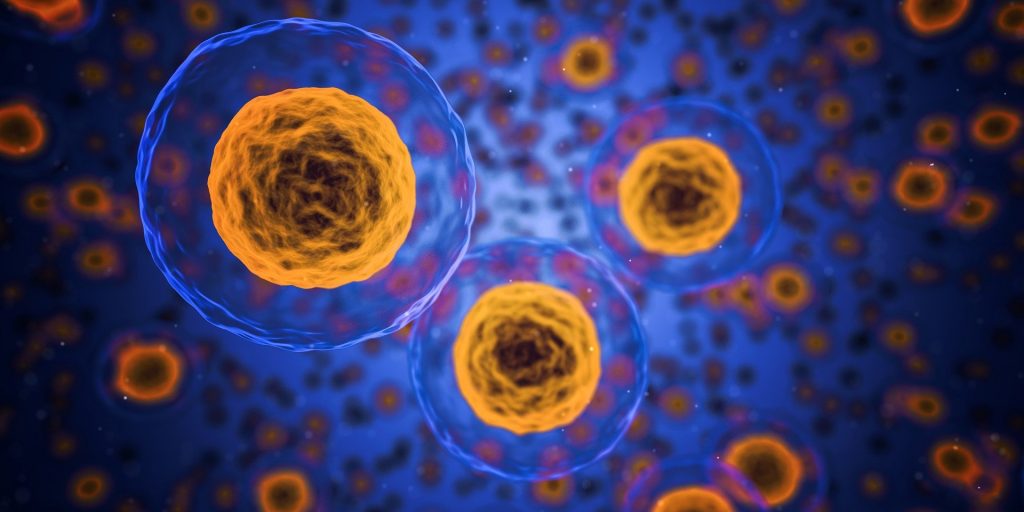Written by Annie Duong

This year’s Nobel Prize in Physiology/Medicine was awarded to Japanese biologist Yoshinori Ohsumi for his work in discovering the biological and chemical mechanisms that underlie autophagy, a crucial process in which cells break down and recycle cellular components. Ohsumi started his experiments in 1988, where he used yeast cells to focus on how proteins were degraded in the vacuole, a space inside the cell’s cytoplasm [1].
Ohsumi began his experiment by proving that autophagy does indeed exist in yeast organisms by disrupting the degradation process in order to accumulate autophagosomes so that they could become visible under a microscope. Mutated yeast cells were cultured so that they lacked certain enzymes responsible for vacuolar degradation. Ohsumi discovered that the vacuolar components contained vesicles, known as autophagosomes. This remarkable discovery led to further experiments to study thousands more of mutant yeasts and the 15 genes that facilitate autophagy [1]. This allowed Ohsumi to further map the core 36 proteins that allowed autophagosomes to form [2].
The discovery of these biological pathways has proved to be momentous in trying to illuminate how human diseases work. Autophagy is clearly connected to genes, as the process was induced when exposed to chemicals that introduced new mutations [1]. This led to further research in studying human diseases such as Parkinson’s disease, lysosomal storage disorders, cancer, and Crohn’s disease. For example, mutations in the PARK 2/Parkin and PARK 6/Parkin genes cause Parkinson’s disease (PD), a neurodegenerative disorder characterized by lethargic movements and tremors. A kinase protein, called PINK 1, is associated with the mitochondria. When the mitochondria is damaged, the PINK1 signals to the Parkin gene to be activated. which then aggregates a number of mitochondrial membrane proteins. This results in the degradation of mitochondrial proteins. The damage, if found in excess, is correlated with Parkinson’s disease. Without the understanding of the autophagic proteins and their mechanisms, diseases such as these could not have been examined in further detail [3].
Further implications of autophagy research lie in other metabolic diseases, such as diabetes and obesity [4]. Cell degradation is a widely used process for mediating many metabolic processes that maintain homeostasis in several major organs. Current research is still trying to uncover how changes in metabolism from autophagy has affected the advancement of certain human diseases. Some potential therapies include developing drugs that stimulate autophagy in order to activate certain pathways to aid patients with Type II diabetes or nephropathic related diseases. Fortunately, with the autophagic process so clearly elucidated by Ohsumi’s work, a bright hope remains for patients with these various disorders as new therapies are being developed to help better their lives.
References:
- “The 2016 Nobel Prize in Physiology or Medicine – Press Release.” The 2016 Nobel Prize in Physiology or Medicine – Press Release. Nobelprize.org, 3 Oct. 2016. Web. 26 Nov. 2016.
- Yamamoto, Hayashi & Ohsumi, Yoshinori. (2014). The Molecular Mechanisms Underlying Auto phagosome Formation in Yeast. SciTech Connect. 3 (4): 68 – 77
- Jian, Peidu & Mizushima, Noboru. (2014). Autophagy and Human Diseases. Cell Research. 24: 69–79.
- Ryter, S. W., Koo, M., & Choi, A. M. K. (2014). Molecular Regulation of Autophagy and Its Implications for Metabolic Diseases. Current Opinion in Clinical Nutrition and Metabolic Care. 17(4): 329–337.
